 October 7, 2021 2:30 pm
Published by Climate Extremes
October 7, 2021 2:30 pm
Published by Climate Extremes
CLEX researchers used a state-of-the-art global ocean-sea-ice model to directly measure the overturning circulation, and through this to examine the relationship between the Ekman Streamfunction and the Southern Ocean overturning circulation.
 May 27, 2021 11:50 am
Published by Climate Extremes
May 27, 2021 11:50 am
Published by Climate Extremes
In this study, CLEX researchers used aircraft observations from twenty flights during three Austral winters to study the microphysical and reflective properties of shallow convective clouds over the mid-latitude Southern Ocean.
 May 6, 2021 12:35 pm
Published by Climate Extremes
May 6, 2021 12:35 pm
Published by Climate Extremes
Major gaps exist in our understanding of the pathways between the generation and the breaking of internal waves in the Southern Ocean. This has important implications for the distribution of internal wave-driven turbulent mixing, for the sensitivity of ocean mixing rates, and for the representation of ocean mixing in numerical models.
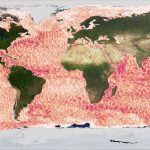 April 23, 2021 1:01 am
Published by Climate Extremes
April 23, 2021 1:01 am
Published by Climate Extremes
The discovery of changing eddy energy was made by a team of ANU and UNSW researchers from the ARC Centre of Excellence for Climate Extremes. Their work, published today in Nature Climate Change, shows clear changes to the distribution and strength of these eddies, which had not been previously detected.
 April 14, 2021 10:39 am
Published by Climate Extremes
April 14, 2021 10:39 am
Published by Climate Extremes
Welcome to the first Weather and Climate Interactions RP report. The new program name is simply a result of rationalising CLEX’s continuing research program under new headings that more clearly delineate the focus of the work we do.
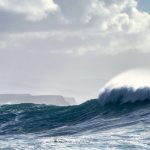 January 15, 2021 9:49 am
Published by Climate Extremes
January 15, 2021 9:49 am
Published by Climate Extremes
CLEX researchers introduced a novel methodology to examine the Southern Ocean's response to changing winds. They performed numerical simulations with a global ocean‐sea ice model suite that spans a hierarchy of spatial resolutions and driven by realistic atmospheric forcing conditions.
 November 24, 2020 3:11 pm
Published by Climate Extremes
November 24, 2020 3:11 pm
Published by Climate Extremes
This study is based the well-established fact that sea ice cover is very closely related to surface air temperature, so that we can use trends in Antarctic sea ice as an independent validation for the reanalysis trends.
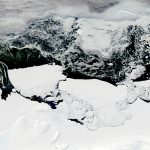 November 24, 2020 3:01 pm
Published by Climate Extremes
November 24, 2020 3:01 pm
Published by Climate Extremes
In this paper, the researchers investigated how a major glacier tongue break in the Mertz polynya in Antarctica impacted phytoplankton blooms. Larger phytoplankton blooms increase the amount of carbon that can be stored in the deep ocean.
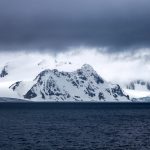 November 24, 2020 12:09 pm
Published by Climate Extremes
November 24, 2020 12:09 pm
Published by Climate Extremes
By grouping weather systems by similar patterns rather than averaging conditions over months, seasons or years, CLEX researchers found that between Australia and Antarctica, the ‘doughnut’ structure of SAM is split into multiple ‘flavours’ and is more likely to have ‘bite marks’ out of it than be a perfect ring.
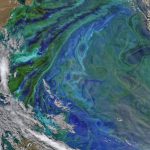 August 3, 2020 4:48 pm
Published by Climate Extremes
August 3, 2020 4:48 pm
Published by Climate Extremes
CLEX researchers used real-world observations with satellite observations to calculate the quantity of nutrients carried into the Subantarctic Zone by mesoscale eddies. They found these eddies carried high nitrate and low silicate waters into the Subantarctic Zone.










